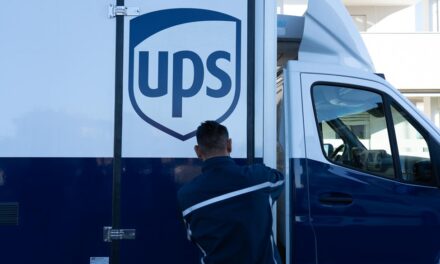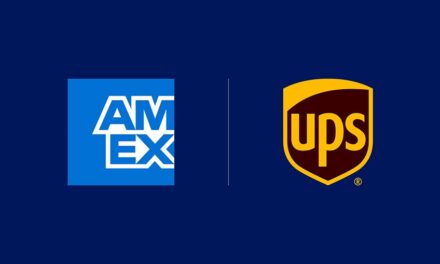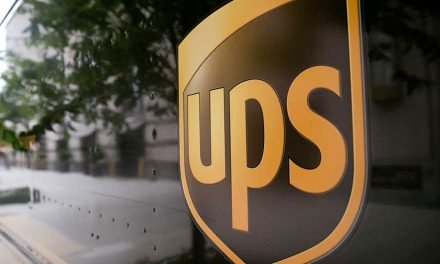
UPS suite of new technologies promises better service and efficiency
UPS have unveiled a dramatic new technology system that will improve customer service and provide greater internal efficiency, including simplification of work and training.
The suite of package flow technologies includes software, hardware and process changes. Together with the next-generation wireless computer for UPS drivers and cutting-edge wireless scanners worn by employees, the company’s broad high-tech platform is expanding to deliver customized solutions for UPS customers and even more reliable service.
UPS expects breakthrough service enhancements as the new technologies are brought on line when full deployment in the U.S. is completed in 2005. These include the ability to handle unique or unusual delivery instructions to offer more customized time commitments and to allow customers to make in-transit changes on package deliveries. These flexibilities correspond to today’s complex global supply chains that demand speed and frequent change.
“These technologies will lead to major advances in service and efficiency, not just incremental improvements,” Chief Information Officer Ken Lacy said here during a special Technology Summit at the UPS Worldport hub in Louisville. “At UPS, technology is so closely interwoven with the business that it powers every service the company offers and every operation it performs.”
Testing and initial deployment also suggest UPS can reduce the mileage driven by all of its delivery trucks by more than 100 million miles each year. That would save the company 14 million gallons of fuel and reduce CO2 emissions by 130,000 metric tons annually.
The foundation for the new system is the “smart label” affixed to packages moving through the UPS network. Remarkably, more than 90 percent of UPS customers generate these labels at their premises. Information from the label is transmitted to UPS before the package is even picked up by a driver. Consequently, address information on a package can be pre-processed and corrected if necessary before the physical arrival of the package at the sorting center, improving delivery operations.
Advance information also more completely automates two key processes: planning the daily delivery route and the process of actually loading each vehicle.
UPS employees loading trucks today must learn hundreds of addresses or ZIP codes for each delivery area. With the new software, training requirements are dramatically reduced as each package arrives with specific instructions on where it should be placed inside which delivery vehicle.
Using up-to-the-minute information, the UPS center can produce a dispatch plan for every UPS driver prior to any packages being handled by center employees. As a result, the driver’s deliveries are known before the start of the loading process. Last-minute changes to a driver’s load are minimized. The software also features advanced geographic tools that allow package center planners to analyze and adjust dispatch plans to further optimize delivery.
The driver’s job is also simplified by enabling him or her to view all packages in delivery order, indicating exactly where the packages are loaded in the truck. This significantly reduces the time needed to select packages and the miles required to complete deliveries, which improves service and saves costs.
Critical information flows to the driver’s wireless, handheld computer, now in its fourth generation. UPS revolutionized the industry with signature capture and tracking data in the late 1980’s. It also alerts the driver as a delivery time commitment nears and warns if a package is scanned that isn’t supposed to be delivered at the current stop. With easily accessible information, drivers have more time to engage with customers as they deliver all types of packages – air, ground and international – through the comprehensive integrated UPS delivery network.
“Developing this technology required years of work by thousands of skilled UPS technology and engineering professionals,” Lacy added. “This technology ensures that UPS has unparalleled small package operations, giving UPS a distinct competitive advantage.”












